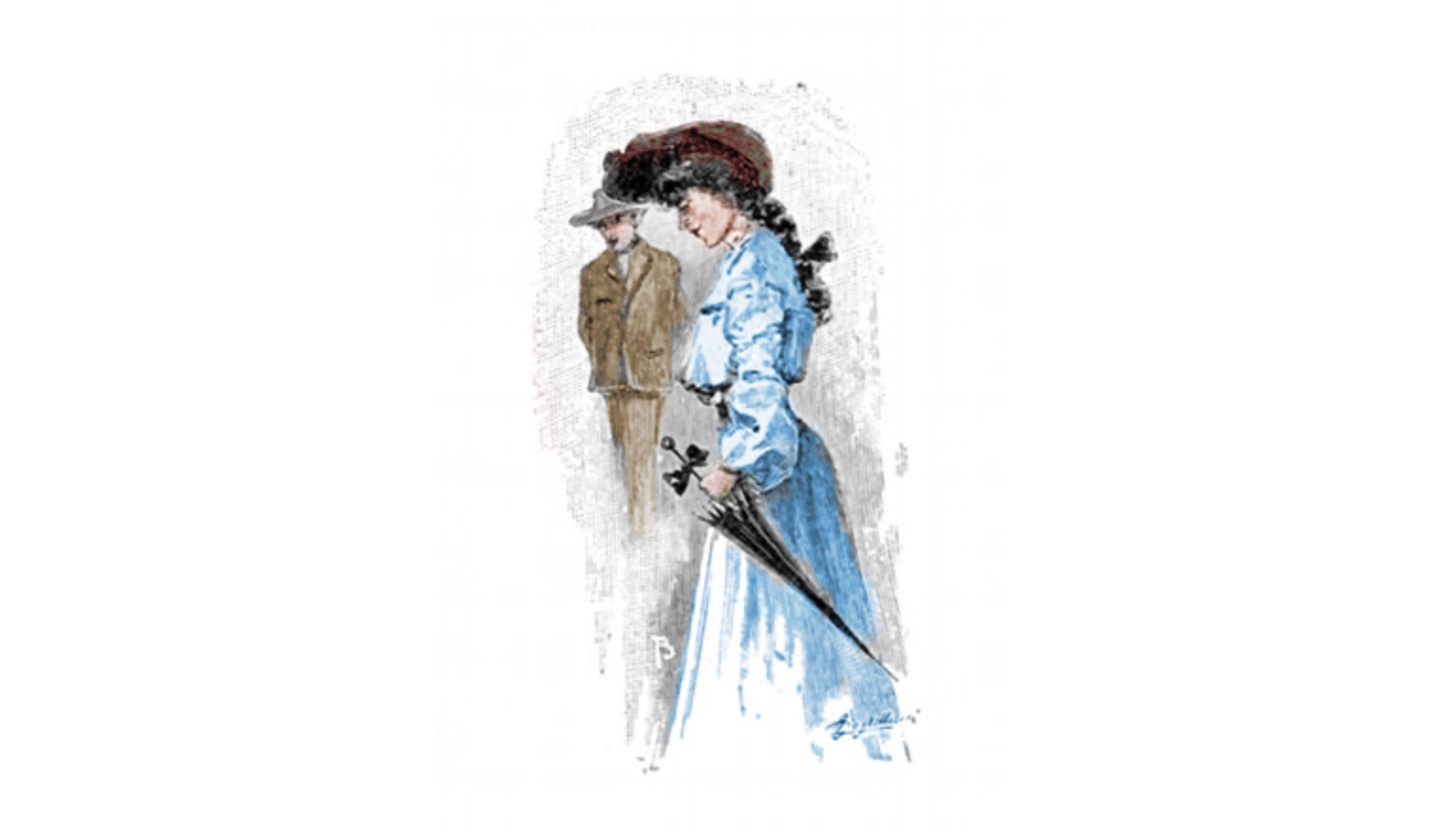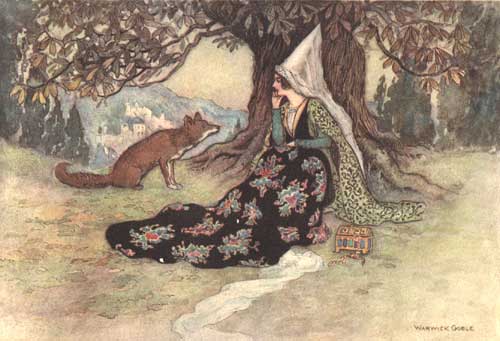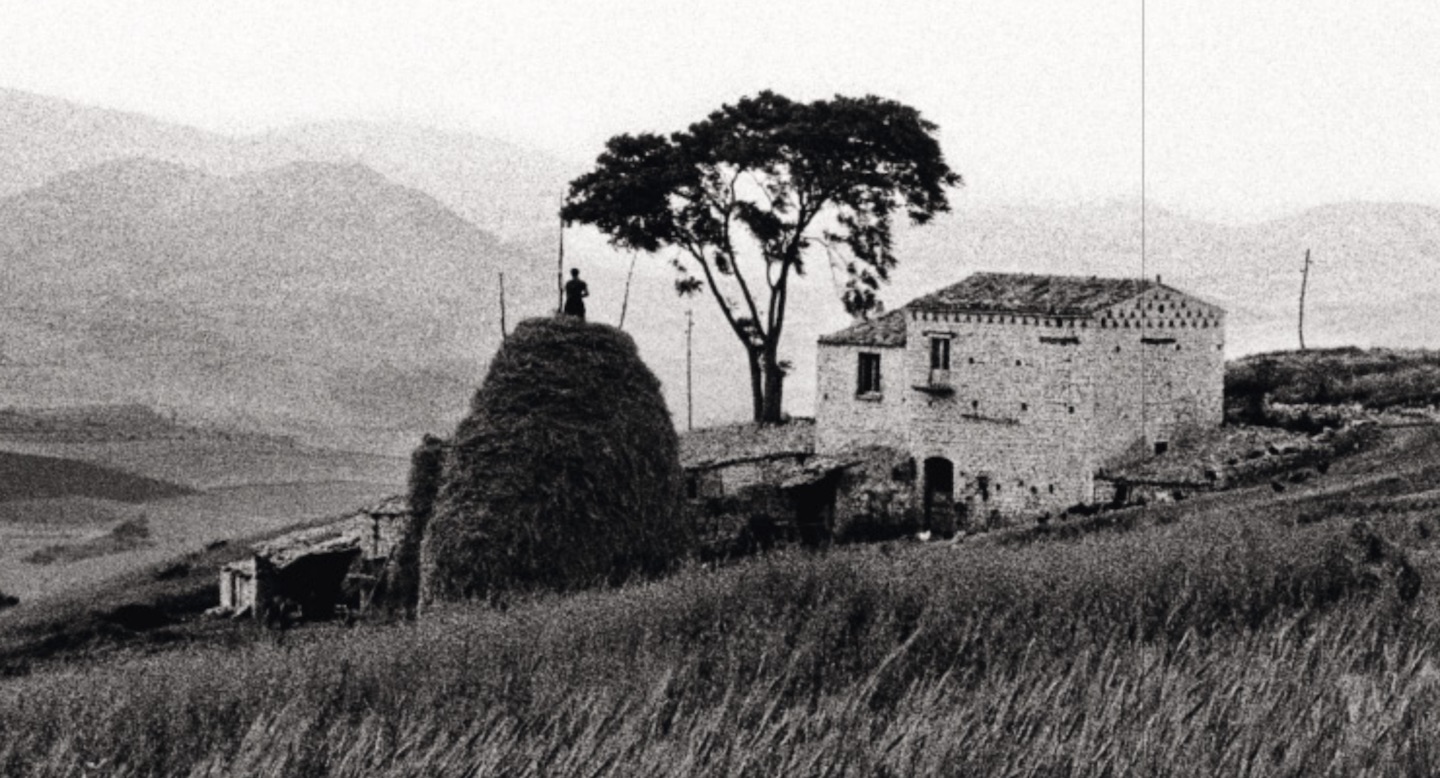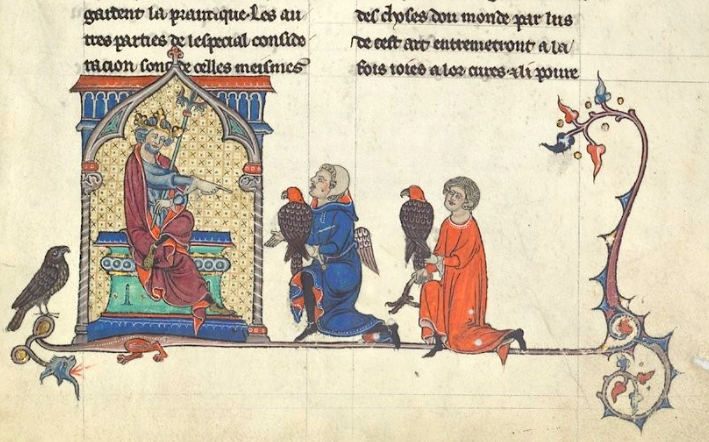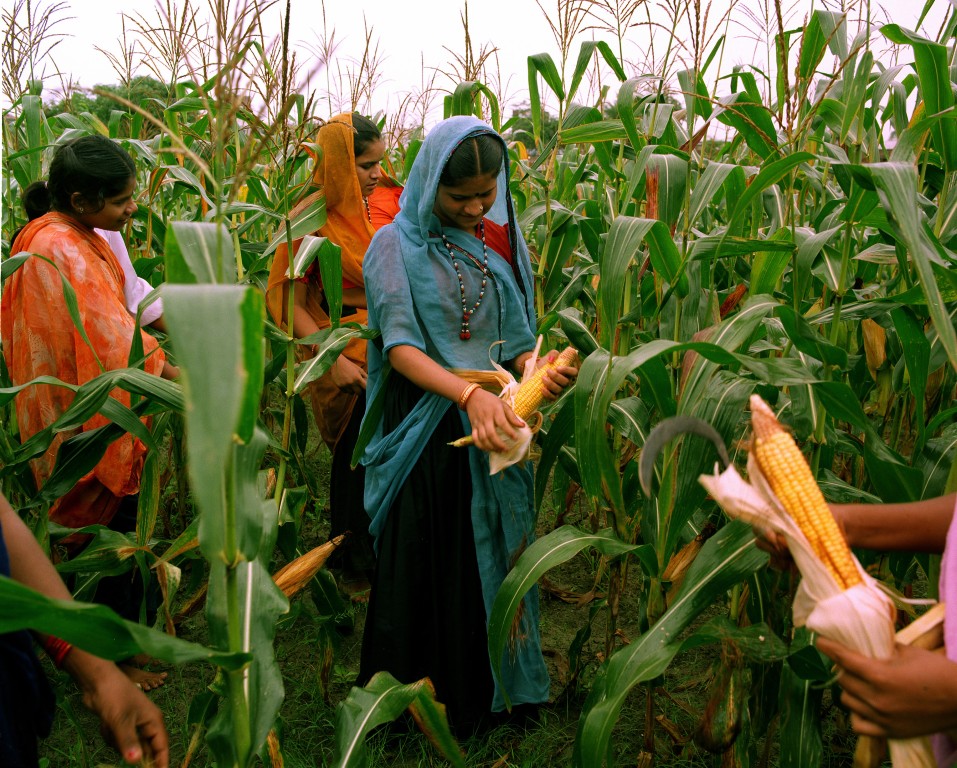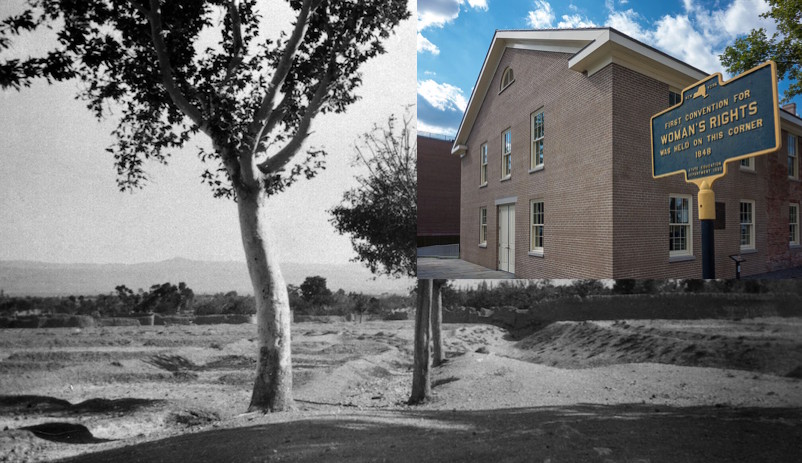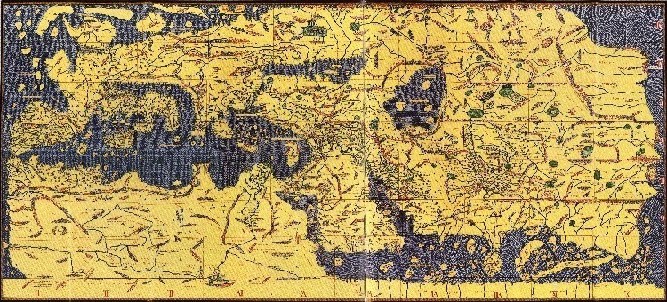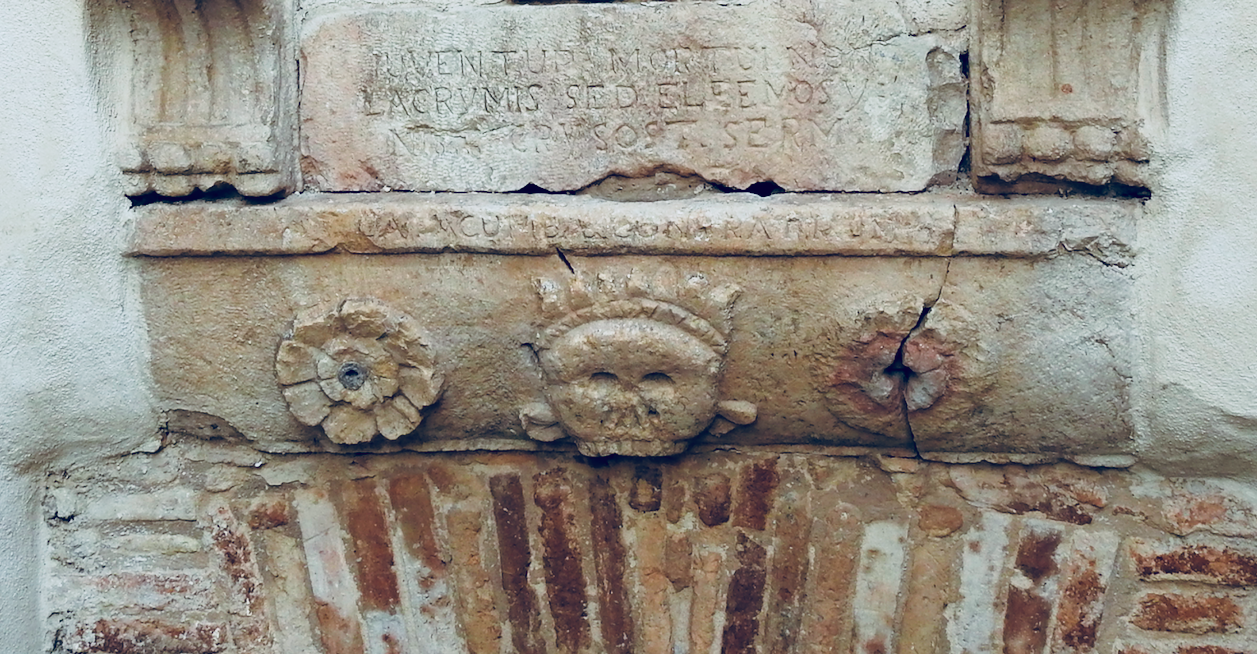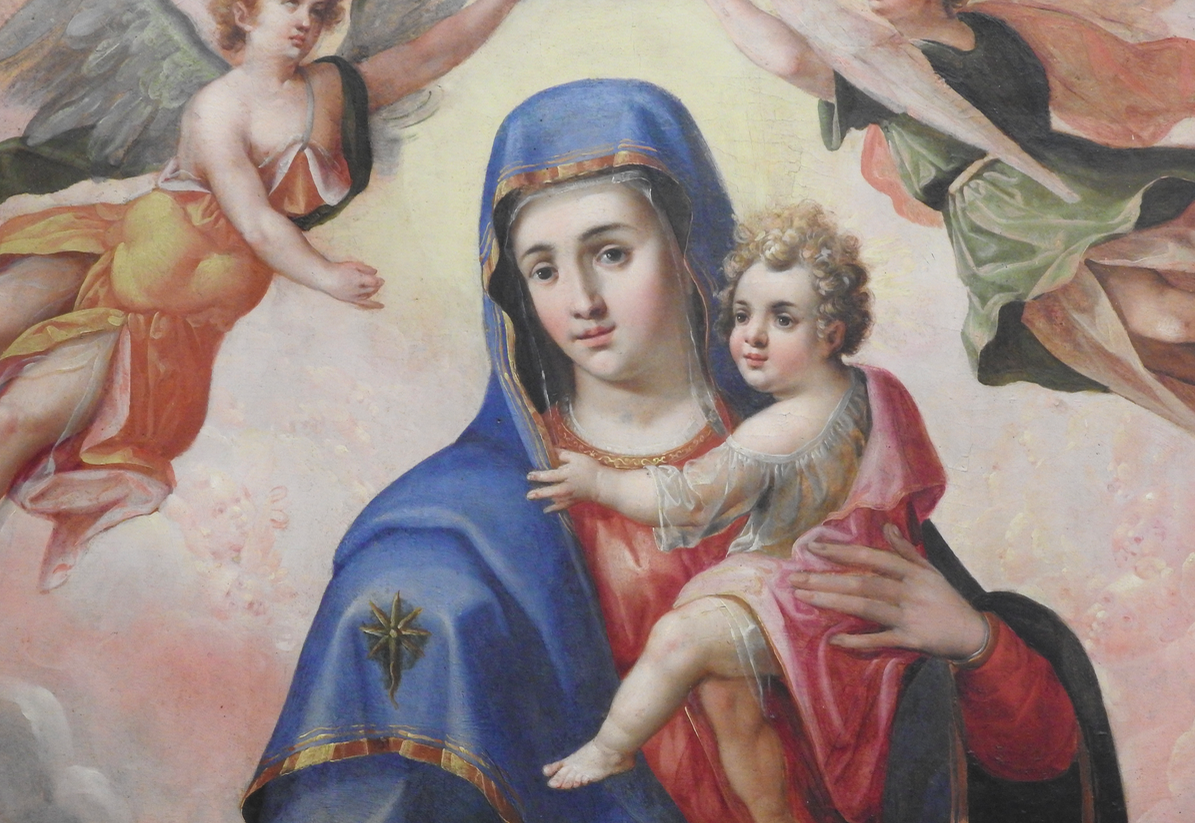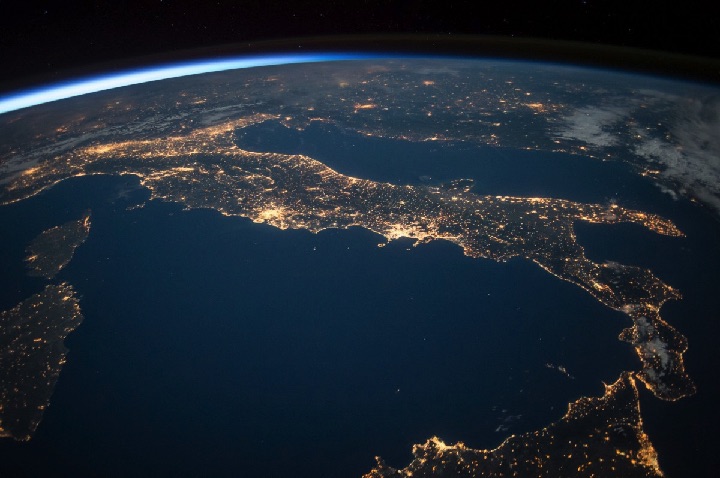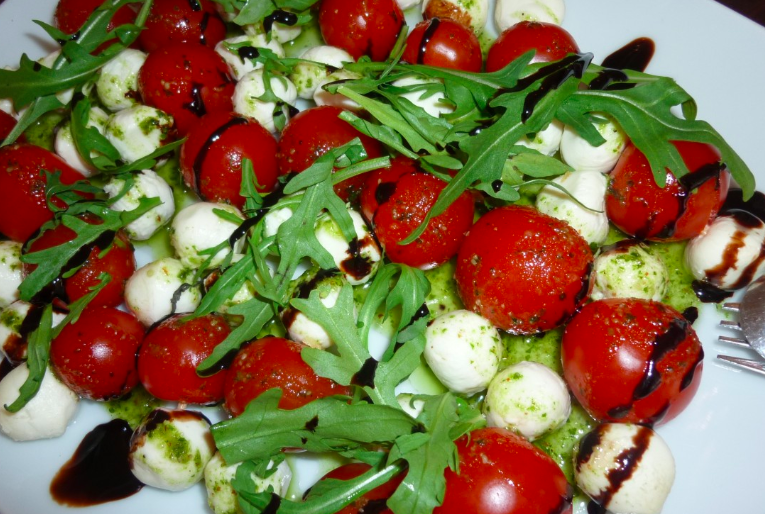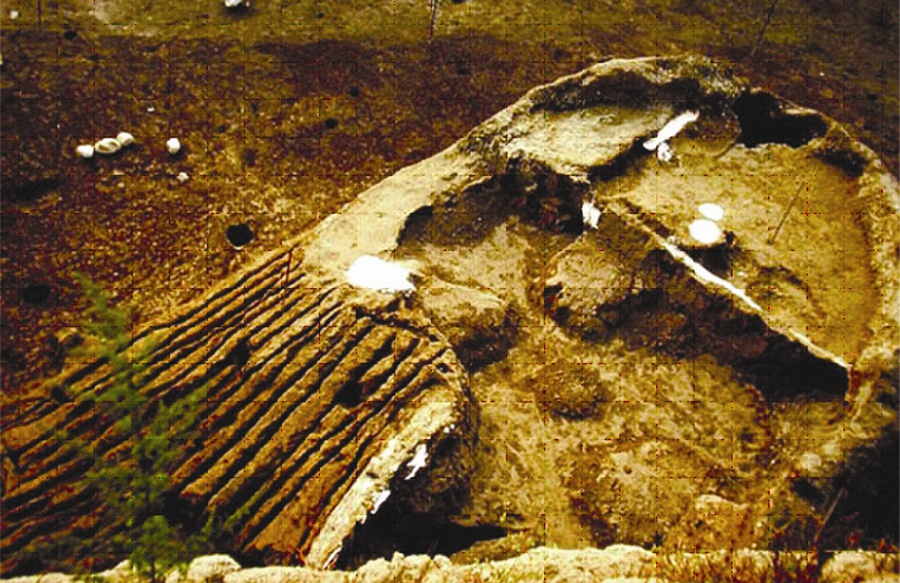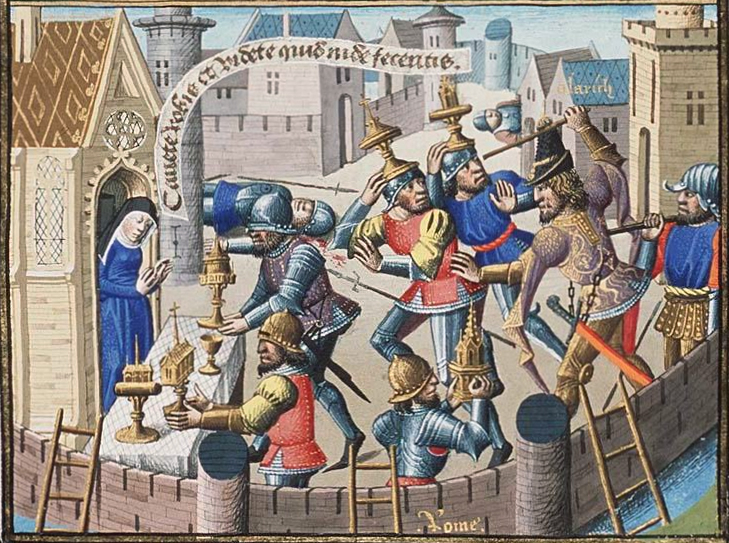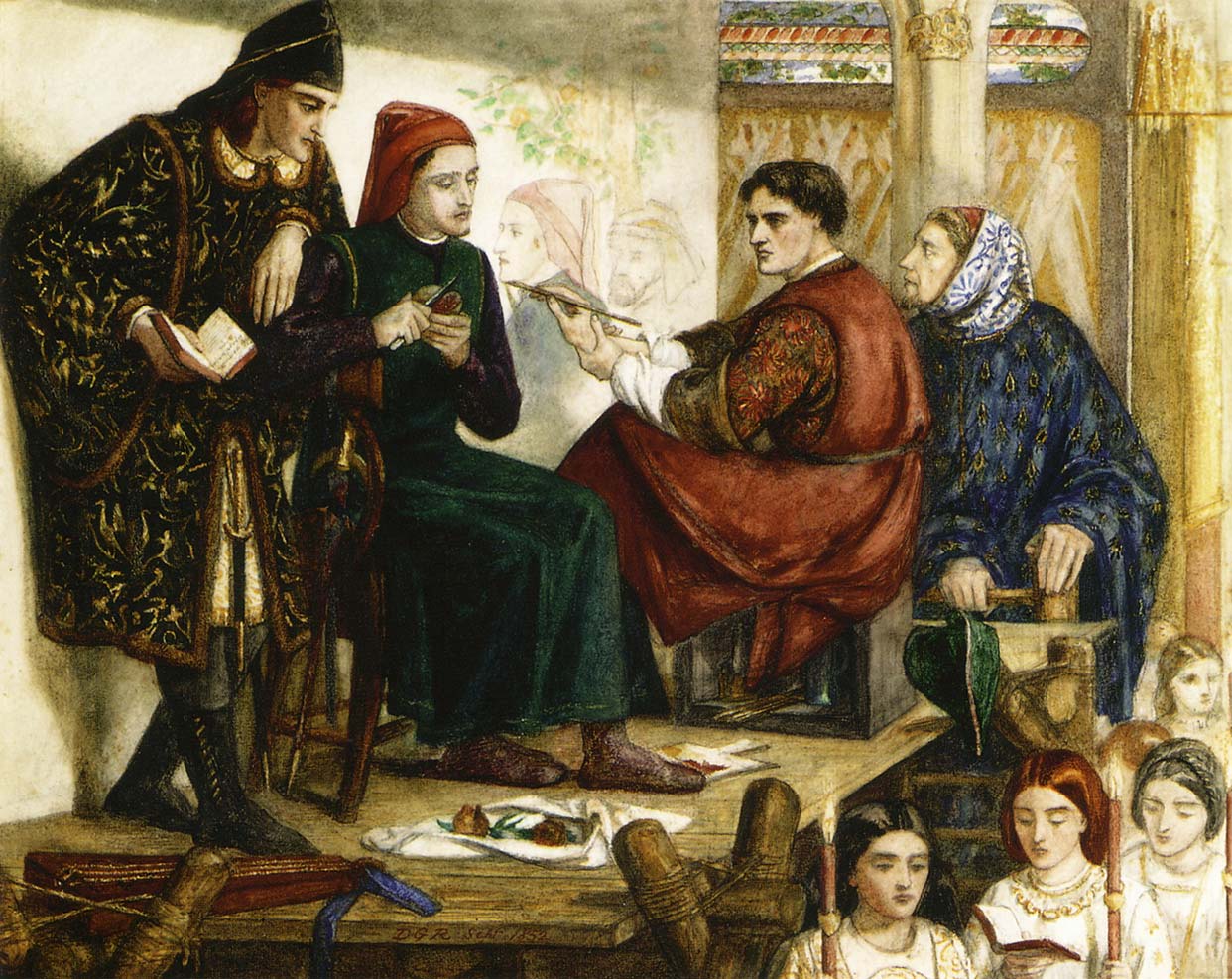-
Matilde Serao and the Life of Cristina
Matilde Serao was unusual. In 19th century Naples, she was a successful journalist, writer and newspaper proprietor. Her fiction was widely published and quite a few of her works were translated into English in her own lifetime. Cristina is the main character of Matilde Serao’s short story of the same name. But Cristina lives in another world. The story’s opening words begin to sketch its nature. While Cristina leant over to gather a fragrant clump of basil with which to flavour her tomato sauce boiling in the kitchen, she heard a brief and sweet whistle. Mentre Cristina si chinava a cogliere un ramoscello di basilico odoroso, da mettere come aroma…
-
Laura Terracina: For Who is Enemy to Woman
“How dare you raise hand, against so young and beautiful a vision?” With such words does Laura Terracina (1519 – 1577) defend her sex. Born in Naples, she was the most published poet of Italy’s sixteenth century and a feminist before the word “femminista” existed. She was part of a movement of italian Renaissance women writers whose existence is often overlooked in the historical record. So much were women absent from tellings of the Renaissance and so mixed their lived experience, that it caused Joan Kelly to famously ask “Did women have a Renaissance?” While the answer is complex, the Renaissance saw for the first time in Europe, substantial publication…
-
Sicily’s Medieval Map of the World
It must have been magnificent to see: a vast world map made of pure silver. For three centuries no better map was made. The glittering silver original graced the Palermo court of Roger II, the Italo-Norman King of Sicily and Southern Italy. It was made for him by his scholar geographer friend Muhammad Al Idrisi. The map represented one of the most ambitious scientific undertakings of its day taking more than 15 years to complete. It was imagined by a king famed for his learning at the height of his kingdom’s powers. It took almost 150 kilograms of silver to make and showed the world in 7 climates. To make…
-
The Tomato Conquers Italy
The tomato is central to Italy’s love affair with food. For Italy was conquered by the tomato. It was a slow conquest, but transformed by the tomato, Italian food conquered the world. This story, so little known, is told in full in David Gentiloni’s 2010 book, Pomodoro! A History of the Tomato in Italy. Like all good tales, it has unexpected twists and turns. The Context: A Food Culture Of course Italian food does not live by tomato alone, so we need a little context. The health benefits of the “Mediterranean diet” are often noted and Italian food has been adopted around the world. Food in Italy (as in many parts…
-
Of Villages and Vesuvius: 1800BC
The ancient mount Vesuvius rises high above the Campanian plain. The plain – a great oval ringed by mountains – stretches north, east and south for hundreds of kilometres. Along its northern edge, the river Volturno, the longest river in Italy, flows to the sea. Below Vesuvius is a great bay: the Bay of Naples, although it will be well more than a thousand years before new arrivals from the Greek island of Euboea build a city here which will bear that name. We are Italy’s deep past, although the very idea of Italy is yet to be invented. Vesuvius is not the only volcano here. It is part of…
